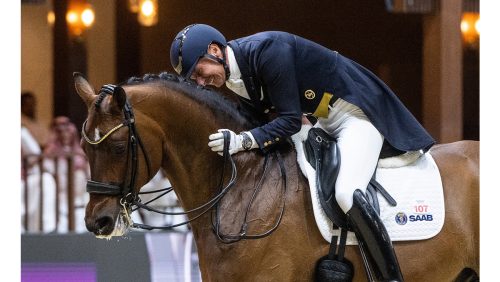Baby Hurricane will be the eighth horse to enter my life as a youngster and, barring calamity, stay with me until he’s developed into whatever he’ll finish up as—an FEI horse, we certainly hope. Of those eight, H and four more are still too young to know how good they’ll be (Johnny, age 7 and third level-ish; Danny and Dorian, both age 8 and Prix St. Georges-ish; and Beverley Thomas’s Fiero, age 9 and solid PSG, schooling I1), one made a fantastic amateur’s small tour professor (Fender, now 10), and two became Grand Prix horses (Midge, now 14 and, had he not gotten hurt, could have been a very cool CDI horse; and Ella, 15, and all kinds of fabulous in the big ring, except when she’s hindered by yours truly).
Midge came to me at 3; Hurricane, Johnny and Fender at 4; Ella at 5; and Danny, Dorian and Fiero all at 6. I didn’t pick Fiero out (but I wish I could have, because he’s perfect, and then I’d look very smart), but both he and Dorian were bought for amateurs, so I’m going to take them out of the story here, because they weren’t bought with the idea of “maybe I can develop this into something amazing.”
But the other six were ones I sought out for myself, and as I’m often asked what I look for when I look for a young horse for myself, here’s what I saw in each of them at the time and, where I can, some photos of what they looked like as kids.
Let’s begin at the beginning: Ella. I bought Ella from her breeder in Germany in January of her 5-year-old year. I desperately wish that I had photos of her at this age, because she’s the one who’s obviously developed the furthest, but I don’t, so there it is.
Let’s set the stage: I’m a kid. I’m about to graduate from college and make my way unto the world, and I’ve had the incredible opportunity to ride schoolmasters, and I’ve never really trained a horse to do anything. At this point I’m barely cognizant of the fact that they’re two different things, riding a horse and training a horse. I have absolutely NO IDEA what I’m doing. And man oh man, did I ever get lucky.
So here’s what I liked about Ella then: she could trot like hell, and had a huge walk. Her canter was really comfortable. And she went when I put my leg on and stopped when I pulled.
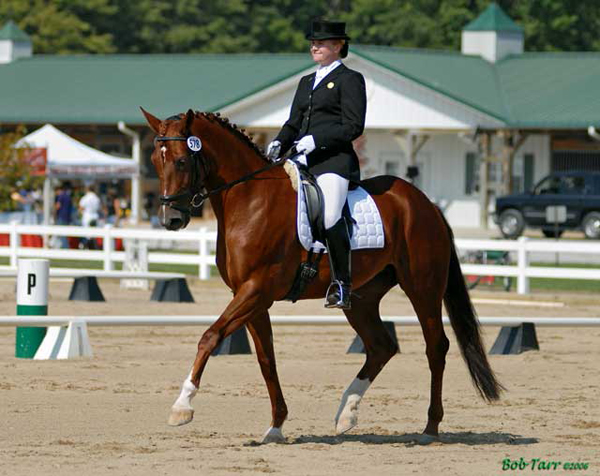 |
| Ella at 5 years old. Photo by Bob Tarr photo |
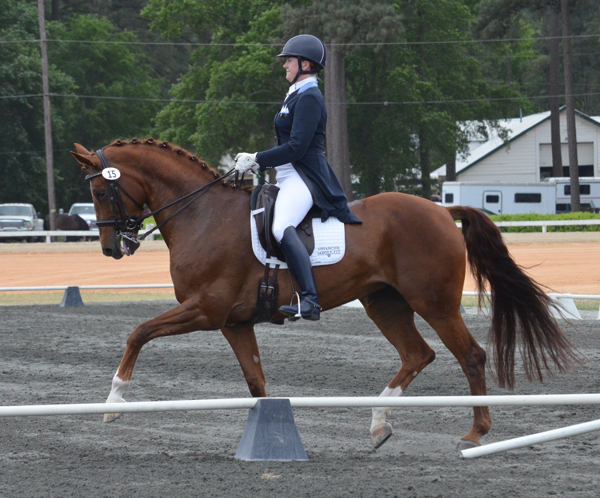 |
| Ella at 14 years old. Photo courtesy of Jeff Counterman |
Knowing all I know now, I’m not sure I would buy Ella, if one just like her showed up, because not everything in the previous paragraph is something I now consider to be an asset. And I say that even knowing how wonderful she is now, and how wonderful she is now IN SPITE OF all that I learned from her (read: screwed up) along the way. But the huge walk? It’s really hard to collect. The comfortable canter? It’s because it’s pretty flat. Her trot is fantastic, and her character is a 12. But I’ve learned along my path that I prefer a different body type, and a much stronger alpha character; Ella was a wimpy kid, in need of nurturing, and I prefer a bit of a cocky jerk, to be honest.
But that last part, that I could put my leg on and touch the reins and never make her mad? That remains, to this day, the most important thing I look for when I’m trying a horse for ANYONE—myself, clients, lower-level horses or trained schoolmasters, anything. I have to be able to put pressure on them.
ADVERTISEMENT
Which brings me to Midge. I so, So, SO wish I had video of Midge as a kid, because it was terrifying. It took him a year to really be able to canter in a three-beat rhythm. He was DEFINITELY the cocky jerk as a very young horse, and although he’s matured into a very reasonable and safe animal to be around, there was a window in the middle where he was really not.
Midge beautifully embodies what I now know to be “my type:” hot, short coupled and confident, with a high-set neck and “knees and hocks” movement, not swing and shins. Let me be clear: there’s nothing wrong with cold, long-backed, insecure, and/or swingier movers. But I’ve learned, over time, what I like to ride and develop for myself, and it’s horses that are a lot like Midge.
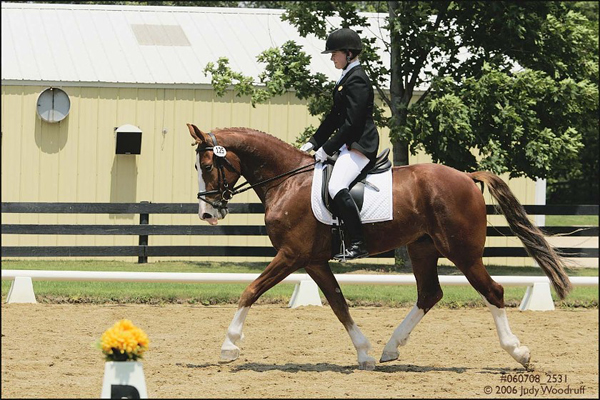 |
|
Midge at 4 years old. Photo by Jody Woodruff |
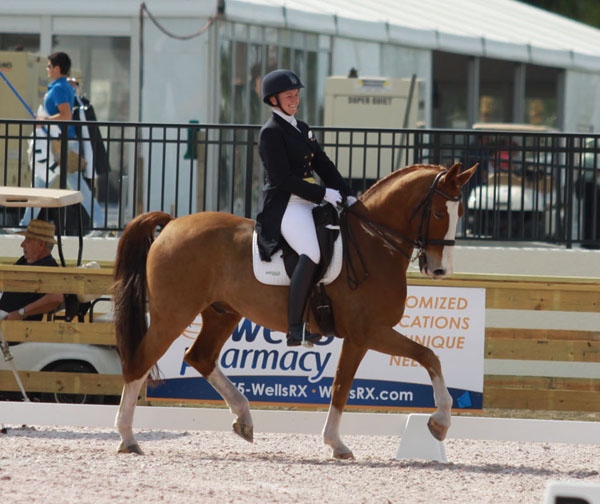 |
| Midge at 11 years old. Photo by Denise Perrotta |
Midge’s walk was quite normal as a kid, even a little short, and it improved in time, so I don’t always believe the “buy the walk” nonsense. I’ll also tell you that while yes, the trot is the easiest gait to improve, it’s also directly related to the piaffe and passage which, combined with the trot, is a HUGE chunk of the Grand Prix test. So while yes, a good quality walk is important, it’s ultimately two boxes out of 33 in the Grand Prix. A 6 or 7 isn’t a dealbreaker. The trot, piaffe and passage, for the record, account for 22 of them. That’s two thirds.
So I look for a neat trot, and Midge had one. For what it’s worth, sideways was pretty easy for Midge, and he figured out piaffe in about 15 minutes one day. The passage took much longer, and it required some creativity—he learned it through the Spanish walk, because he could pick his knees up, but not really lift his leg from the shoulder and catch air time. So that’s how he learned.
Fender came next, bought from his breeder at 4. Fender couldn’t look less like Midgey: long bodied, long necked, floaty movement. Fender is stunning, like something out of a painting; he’s the most uphill horse I’ve ever owned, with a pretty head and a big fluffy tail to boot.
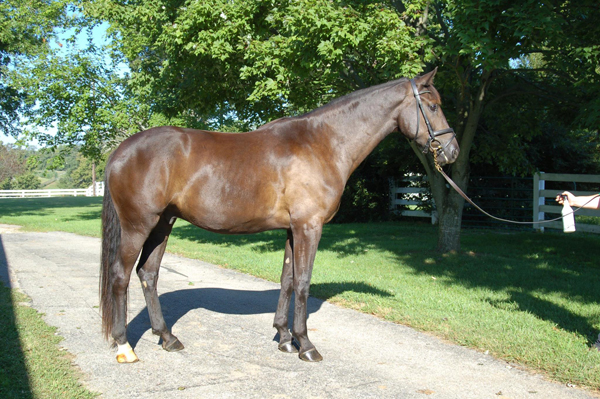 |
| Fender at 3 years old. |
 |
| Fender at 9 years old. |
What I liked about Fender at 4 was that, like Ella, he took pressure like a champ. That would all come to a screeching end at 5, and he’d spend the better part of the next four years telling me I wasn’t allowed to touch him, which he’d then grow out of and become the easiest horse to ride I’ve trained so far.
I’d also learned a few things by the time I started looking for the horse that would be Fender, and I learned that I should try a flying change when trying the horse out, just to see what happens (he nailed them each direction, and when it came time to learn the changes for real, at age 6, he learned them right quick), as well as try picking up a stick and seeing what happens (this, too, was prophetic, because his answer was to push his hind legs out, and lo and behold, as an adult, piaffe would prove extremely difficult for him).
ADVERTISEMENT
And now the “babies,” Danny, Johnny and Hurricane. I bought Johnny first, at age 4. Johnny did not grasp the change during my trial of him, and sure enough, they’re the thing he struggles with at the moment. But when I picked up a stick, Johnny jacked his knees up and tucked his croup under. Johnny learned the idea of half-steps in about five minutes, the little boy wonder. Of anything I’ve worked with, Johnny takes pressure the best: he doesn’t know the meaning of quit. He’s a fiend. He’s also grown a hand in the time I’ve owned him, and that’s hit pause on his progress, and that’s just fine.
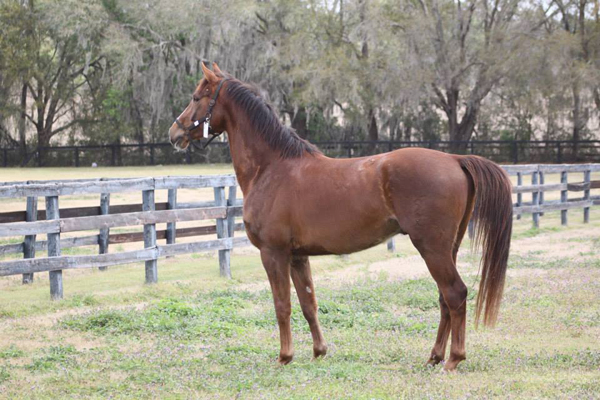 |
| Johnny at 4 years old. |
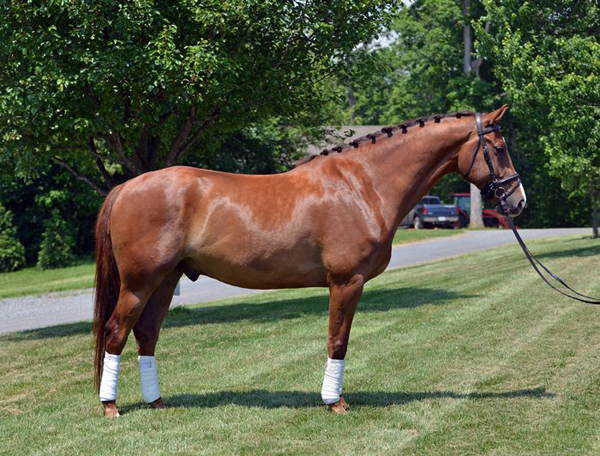 |
| Johnny at 6 years old. |
Danny’s a bit of an outlier because I bought him “old,” at least for me: age 6, already doing a change each direction with a start on piaffe and passage. He looks the most like Midge in his type—he’s lighter but super short-coupled and upright, and they ride a lot alike. I’m so in love with him it’s ridiculous, though admittedly I like him a lot less when he tries to unload me at the mounting block. Midge had some evil up his sleeve until he didn’t, so hopefully Danny will follow a similar path.
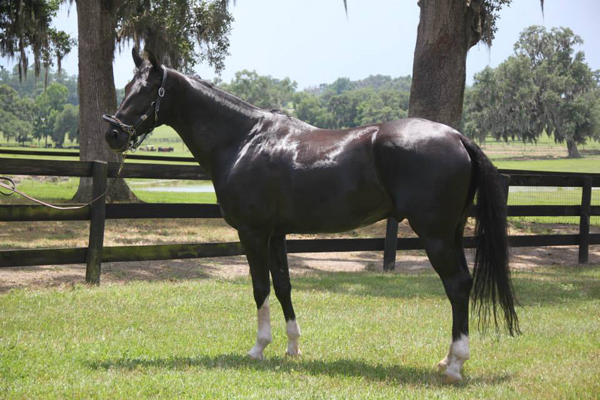 |
| Danny at 6 years old. |
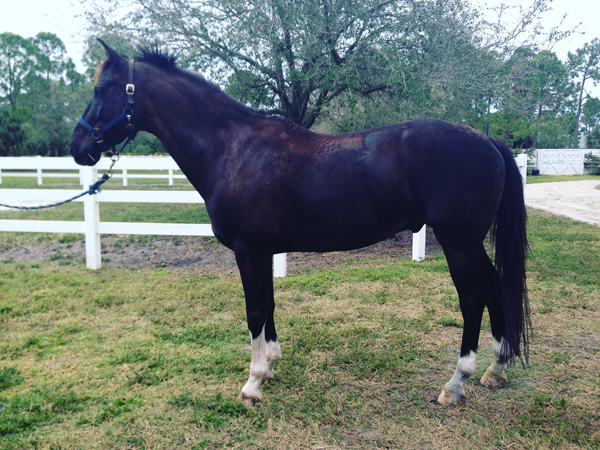 |
| Danny at 8 years old. |
And my most recent new friend, Hurricane. Hurricane also got the idea of a change both directions when I asked, took pressure like a rockstar, and is that body type I like, although at not-yet-4, he’s also the least physically mature of the 4-year-olds I’ve had, so it’s hard to say what he really looks like; he’s not yet done looking like a doof. What is interesting is that, when he loses his balance (which, being almost 4, is often!), his default answer is to come up with his knees. That’s the kind of mistake I’m looking for!
Something that’s interesting, if you’re into this sort of thing: Danny, Johnny and H are all related. Danny is by Wynton, who is by Jazz. Johnny is by Johnson, who’s by Jazz. And H has Jazz on both sides: he’s by Don Tango B, who’s Contango-Jazz, and out of a UB40 mare, so a Jazz granddaughter. My type is so specific I’ve got it down to a bloodline, apparently!
The babies all have much proving to do, obviously, so all that I think I know about picking out what I like may end up being moot. But for now, they’re all being very smart, making (mostly) good choices, working on taking the leg and the hand, making transitions both between and within gaits, developing lots of different ways of going—too big, too little, too high, too low, too slow, too quick, etc—until they have the skills to go however I reasonably want them to.
But in the beginning, I want horses I can touch, influence, move around. I personally like short backs, quick hind legs, sloping croups, high-set necks and snappy knees and hocks. I want horses who take the bit well, who keep their mouths closed even when I take a firm contact, because while this can certainly be improved upon (and can absolutely be destroyed by bad riding and equipment choices!), it makes life much easier when the horse helps you from nature.
And at the end of it all, there’s an X factor, something I can only tell from the saddle. There’s a feeling I get, one I can’t quite explain, and I know it when I feel it. Maybe it’s baloney, maybe it’s not. Time will tell!






